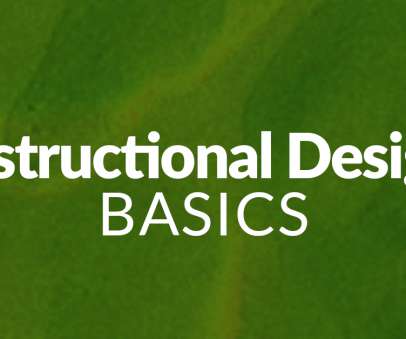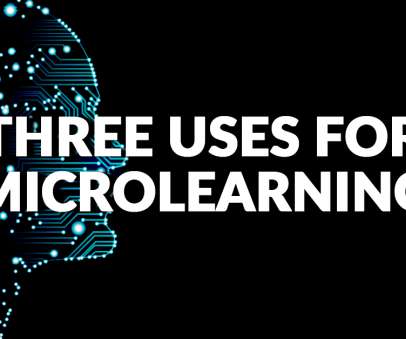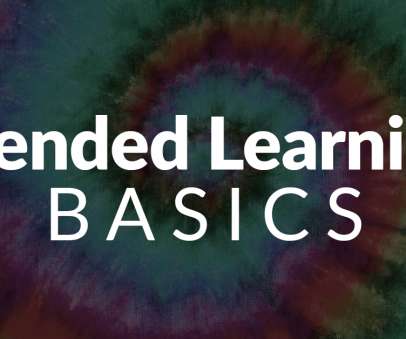Instructional Design Basics: 3 Types of Cognitive Load & How They Affect Learning and Learning Design
Convergence Training
SEPTEMBER 20, 2020
From time to time, we run an article in our Instructional Design Basics series to help you learning designers out there (whatever you call yourself…instructional designers, learning experience designers, learning engineers, etc.) Download our FREE Guide to Writing Learning Objectives. Extraneous.



















































Let's personalize your content